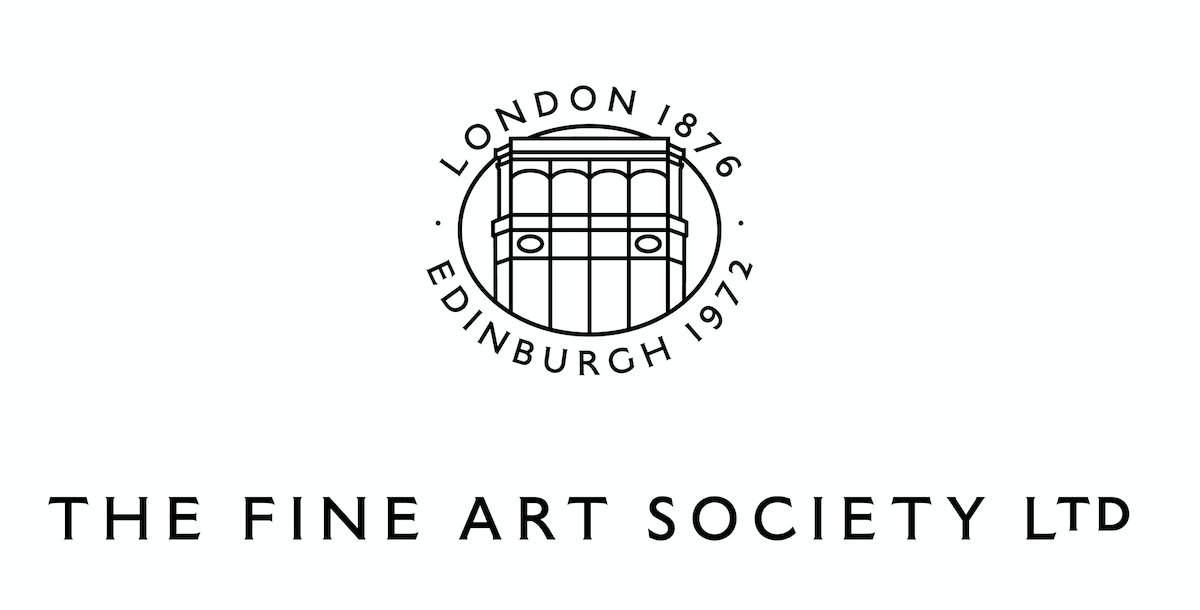Augustus Welby Northmore Pugin 1812-1852
Trained as a draughtsman with his father’s pupils, Pugin embarked on a design career as early as fifteen years of age, with Gothic furniture made by Morel & Seddon for Windsor castle and metalwork for the royal goldsmiths Rundell, Bridge & Co. His numerous publications were highly influential; his Reformed Gothic ecclesiastical and domestic buildings set the pattern of the Gothic Revival in Britain for two decades and his work on the Palace of Westminster initiated many patterns and techniques that found their way into the commercial repertory of British domestic design.
In the 1840s, as one of the pioneers in design reform, A. W. N. Pugin was designing churches and seminaries and their furnishings for the Catholic Church. This brought his ideas on simplicity and fitness for purpose into public view. His collaboration from the mid-1840s with Charles Barry on the Palace of Westminster, and more importantly his Medieval Court at the 1851 Great Exhibition, produced a vast quantity of secular furniture, ceramics, metalwork wall-papers and textiles, that went on to have a long lived commercial presence well into the 20th century. Pugin was responsible for designing and overseeing the entire fitting out of the Palace interiors, as well as conceiving the 1851 Medieval Court entirely on his own terms. With superhuman energy and inventiveness Pugin had forged a design language, providing the basis for retailing the Gothic style to house-builders and decorators of the future. These projects involved a number of manufacturers, the closest of these allies being Hardman, Crace, Myers and Minton; firms that went on to employ and be employed by the up and coming architect-designers of the next generation.
He travelled incessantly around the British Isles working on numerous commissions in a prolific career that he saw as a sacred calling, eulogising about the virtues of pre-Reformation England and advocating a system of architecture based on Medieval and godly notions. His established set of principles for design never went away and went on to be reiterated by Jones and Dresser in their own work. The 1862 International Exhibition in London brought forward this next generation, who now had a well established middle class market to cater for. Among the exhibitors were the second wave of design reformers J.P. Seddon, Richard Norman Shaw and William Burges. Charles Bevan and Bruce Talbert followed closely in their footsteps, finding a way of making Gothic both modern and practical.
His unsustainable lifestyle did not result in wealth or a stable home life. A constant entrepreneur, although not a particularly successful one, he traded in antiquities imported from the Lowlands in the 1830s, and oversaw in the posthumous publication of his father’s work and, unfortunately, the failure of his father’s furniture making company. Whilst perhaps best known for his immense contribution to the highly decorative schemes of the Palace of Westminster, Pugin was also deeply concerned about affordability and he sought to produce ideologically sound but cheap furniture for the middle classes and clergy. His crowded career constantly stressed by his finances came to an end with his mental collapse and he died aged only forty.
We are actively seeking consignments of work by Augustus Pugin. Please contact us with details or to enquire after available works by this artist.



